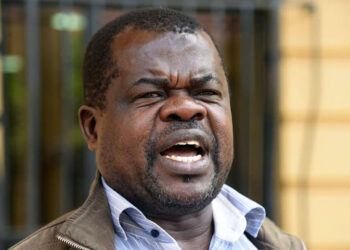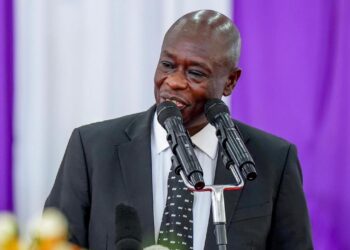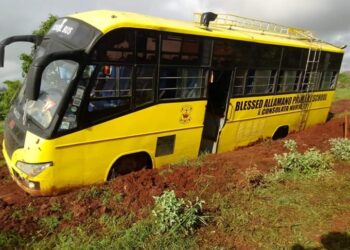On August 8, 2025, Alaska wildfires have surged across the state’s Interior, prompting evacuations and threatening hundreds of homes amid unprecedented heat and dry conditions. Fueled by lightning strikes and the state’s first-ever heat advisory, over 40 fires have scorched thousands of acres, with the Fairbanks North Star Borough issuing urgent evacuation orders for residents near the Chatanika River.
Governor Mike Dunleavy declared a state of emergency, emphasizing the severity of the wildfire crisis, as reported by Alaska Public Media. The blazes, worsened by climate-driven heatwaves, have raised concerns about air quality and infrastructure damage, with residents urged to stay vigilant.
The Alaska wildfires, sparked by widespread lightning and exacerbated by temperatures in the mid-80s, have overwhelmed firefighting resources. The Alaska Interagency Coordination Center reported 12 new fires ignited by lightning in a single day, with the largest, the McDonald Fire near Fairbanks, burning over 15,000 acres.
Firefighters, supported by air tankers dropping retardant, are battling to protect communities like Salcha and Two Rivers, where homes are at risk. The state’s first heat advisory, issued in June 2025, has intensified conditions, drying out vegetation and creating tinderbox scenarios, as noted by Newsweek.
Evacuation centers have opened in Fairbanks, with residents like Sarah Thompson sharing harrowing escapes, describing thick smoke and flames visible from their properties.
Climate change has amplified the wildfire threat, with scientists linking warmer temperatures and prolonged droughts to increased fire activity. The Alaska Division of Forestry noted that 2025’s fire season is one of the worst in decades, surpassing the 2004 season’s 6.6 million acres burned.
Citizens highlight public concern, with users like @AlaskaWild
noting the eerie orange skies over Fairbanks. The state’s infrastructure, including the Trans-Alaska Pipeline, faces risks, though no immediate damage has been reported.
Governor Dunleavy, fresh from skin cancer surgery, addressed the crisis at a press conference, urging residents to follow evacuation orders and avoid outdoor burning.
Air quality in affected areas has plummeted, with Anchorage reporting hazardous levels due to smoke drifting south. The Department of Environmental Conservation advised vulnerable groups to stay indoors, as particulate matter from the wildfires poses health risks.
Firefighting efforts are strained, with crews prioritizing structure protection over containment, given the fires’ rapid spread. The National Weather Service forecasts no significant rain until mid-August, heightening fears of prolonged wildfire activity.
Community response has been robust, with local businesses donating supplies to evacuation centers, though concerns persist about long-term displacement, as reported by the Anchorage Daily News.
The wildfires’ economic impact is already evident, with tourism in Denali National Park disrupted due to road closures at Mile 43, limiting access to key attractions like Polychrome Pass.
The park remains open, but the shortened Tundra Wilderness Tour has disappointed visitors, per alaskaactive.com. Meanwhile, Alaska Native communities, particularly along the Yukon River, are advocating for better fire management, citing a recent report calling for an independent review of salmon declines linked to environmental stressors like wildfires.
The crisis has also drawn federal attention, with President Trump’s planned August 15 meeting with Vladimir Putin in Alaska potentially spotlighting the state’s challenges.As Alaska wildfires rage, the state faces a critical test of resilience.
Evacuations continue, with communities bracing for further losses. Governor Dunleavy’s emergency measures and federal support are vital, but the fires’ scale demands long-term strategies to address climate impacts.
Residents remain on edge, awaiting relief from worsening conditions.The ongoing Alaska wildfires underscore the urgent need for enhanced firefighting resources and climate adaptation.
Evacuations have disrupted lives, with families seeking refuge in Fairbanks and Anchorage. The crisis, fueled by record heat, highlights the state’s vulnerability to environmental shifts, pushing officials to rethink disaster preparedness.
The Alaska wildfires of 2025, intensified by a historic heat advisory, have forced widespread evacuations and threatened homes across the Interior. The crisis, marked by lightning-sparked blazes and hazardous air quality, demands robust response and long-term planning. As communities rally, the focus remains on containing the wildfires and ensuring safety amid a challenging season.















